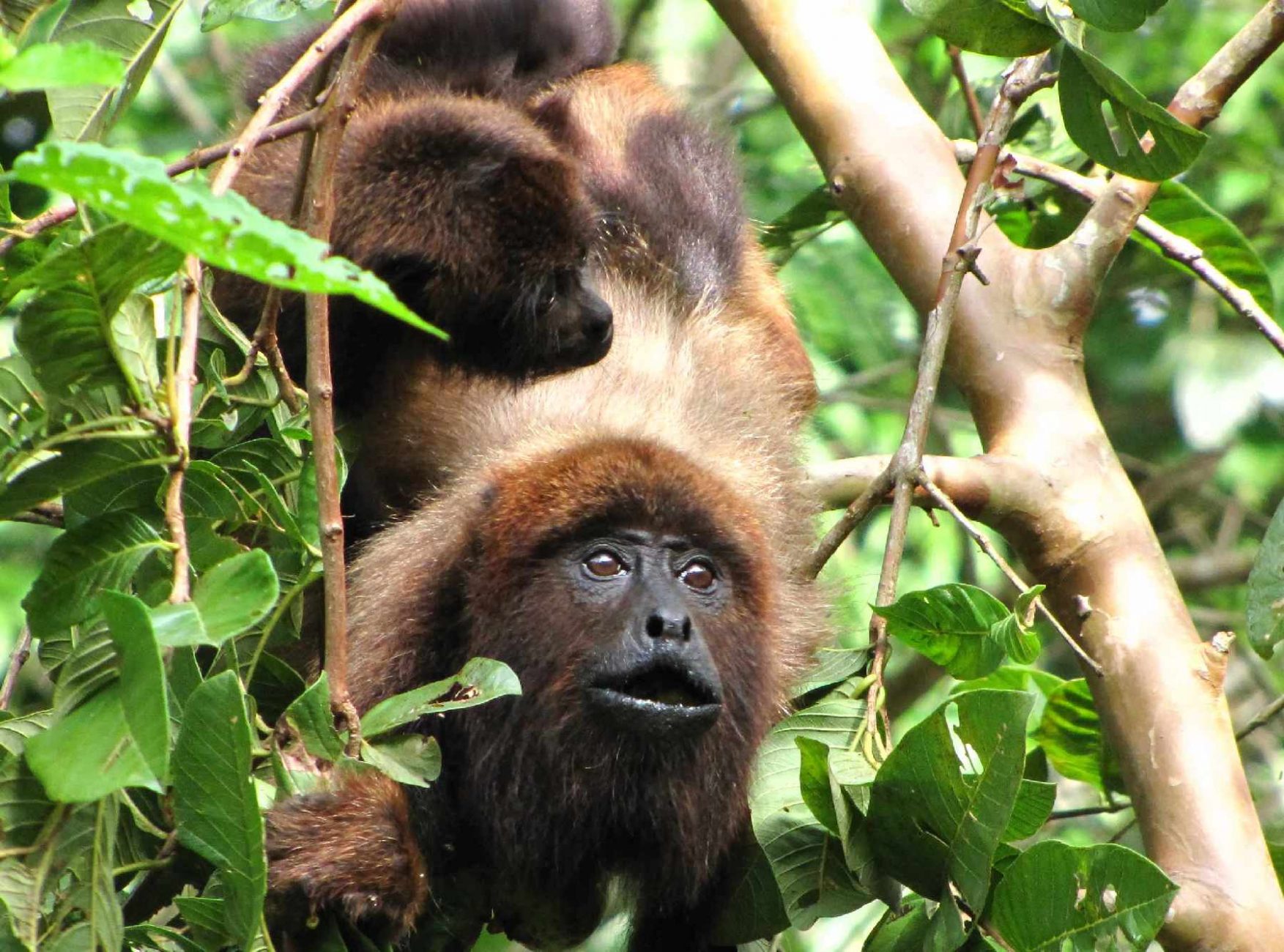The deadly yellow fever — an infectious disease caused by a mosquito-borne virus — has spread rapidly throughout Brazil, wiping out populations of the brown howler monkey (Alouatta guariba). Thousands of monkeys are believed to have died across the states of Minas Gerais and Espírito Santo in Brazil.
One of the worst affected areas is a private, federally protected reserve called RPPN Feliciana Miguel Abdala (RPPN-FMA), located in Caratinga, Minas Gerais. Once home to hundreds of howler monkeys, the forest no longer reverberates with the animals’ guttural roars.
Karen Strier, a professor of anthropology at the University of Wisconsin-Madison and an associate conservation scientist at the Global Wildlife Conservation, has been studying the monkeys of RPPN-FMA since 1983.
When she returned to the reserve in January 2017, she found that howler monkeys had disappeared from large parts of the forest.
“It was apparent very quickly that the howler monkeys were scarce, because some groups that frequent parts of the forest we would normally see while driving the two kilometers [1.24 miles] from the main road into the Reserve and the research house were silent,” Strier said in an email.
“We had heard about the yellow fever outbreak, so we were paying attention and anxious. But I think it is fair to say that none of us were fully prepared for the silence that we found.”
Brown howler monkeys are extremely susceptible to yellow fever, researchers say. An outbreak can even cause local extinctions, especially if the surviving populations of the monkeys are too small to recover. In 2008, for example, an outbreak of yellow fever killed most individuals of a small population of brown howler monkeys in Argentina.
The RPPN-FMA reserve could suffer a similar fate. The last census in 2003 estimated about 500 brown howler monkeys in the forest. Now, only a small fraction of these survive, the researchers say. Strier and her colleagues will have a more accurate estimate once they complete their surveys in a few weeks.
The speed with which the virus is spreading is very surprising, said Sergio Mendes, a professor of animal biology at the Federal University of Espírito Santo.
“I am very surprised at the speed with which the outbreak is advancing through the landscape and by how the virus can jump from one patch of forest to another, even if they are hundreds of meters apart,” Mendes said. “It is also surprising that it is spreading across such a large geographic region.”
But the monkeys are most likely not the culprits.
“We don’t have definitive answers, but we believe that contaminated mosquitoes can be carried from one forest to another by wind,” Mendes said.
“Another hypothesis is the role of humans carrying the virus between more distant forests. Most humans are asymptomatic for yellow fever, but may have viruses circulating in their blood for a few days.
“For example, if people who has been contaminated travels from one forest to another, they may carry the virus in their blood and, if bitten by a mosquito from the forest, may introduce the virus into a new area. In addition, we can transport contaminated mosquitoes from one forest to another involuntarily in our cars and luggage.”
“It is very important that people understand that the monkeys are not responsible for yellow fever,” Strier added. “Many of my colleagues are working hard to make sure this message is communicated to the public.”
Researchers like Strier and Mendes are also worried about another species of primate in the reserve: the northern woolly spider monkeys or muriqui (Brachyteles hypoxanthus).
Listed as critically endangered on the IUCN Red List, the monkey is one of the most threatened primates in the world. The RPPN-FMS reserve has about 340 northern muriqui, representing one-third of the species’ total population.
Fortunately, the muriquis seem less susceptible to yellow fever than the howler monkeys. And with the howler monkeys disappearing from the reserve, the muriquis now occupy a forest devoid of their main competitors.
“We don’t know what this means yet for the muriquis,” Strier said. “It may give them more opportunities if there is more food available to them. Or it may be problematic because the forest could undergo changes without a major seed dispersing species. These are important questions that we are pursuing in new research.”
The current outbreak is also being touted as one of Brazil’s worst outbreak among humans in decades. As of March, officials have recorded more than 320 human cases of yellow fever, including 220 deaths, the Washington Post reported. Several additional cases are under investigation.
“The most effective way to prevent human deaths due to yellow fever is vaccination,” Strier said. “Unfortunately, we don’t have a way to vaccinate the nonhuman primates.”
This article appeared originally in Mongabay – https://news.mongabay.com

